When it comes to vehicle maintenance, few things are as crucial as ensuring your brakes are in optimal condition. Your brakes are responsible for your safety on the road, so it’s important to recognise when they need attention. In this guest post, we will discuss the top seven signs that indicate it’s time to replace your brake pads. Don’t wait until it’s too late – prioritize your safety and the well-being of others on the road by being aware of these warning signs.
1. Squeaking or Grinding Noises
One of the most obvious indicators that you need new brake pads is when you hear unusual noises coming from your brakes. If you notice a squeaking or grinding sound when you apply the brakes, it is a clear sign that your brake pads are worn out and in need of replacement. This occurs because the wear indicator built into the brake pad begins to rub against the rotor, causing those telltale sounds.
2. Reduced Responsiveness
Another indication that it’s time for new brake pads is reduced responsiveness or poor performance when stopping. If you notice that your vehicle takes longer to come to a complete stop or requires more effort on your part to engage the brakes fully, it may be due to worn-out brake pads. In such cases, replacing them becomes crucial for maintaining control over your vehicle and ensuring quick and safe stops when needed.
3. Vibration or Pulsation
Do you feel a vibrating or pulsating sensation in the steering wheel or brake pedal when applying pressure? This could be an indication of unevenly worn brake pads or warped rotors. When they no longer make even contact with each other, vibration occurs during braking. It’s essential not to delay replacing worn-out brake pads as this could lead to more severe damage later on.
4. Warning Light
Modern vehicles often come equipped with an Electronic Stability Control (ESC) system, which incorporates sensors that monitor multiple aspects of the vehicle’s performance, including the condition of your brakes. When the sensors detect insufficient brake pad thickness, a warning light or message will appear on your dashboard. If you see this warning, it is essential not to ignore it and schedule a brake service as soon as possible instead.
5. Longer Stopping Distances
If you notice that your vehicle takes longer to stop than usual or that the stopping distances increase over time, it could be a sign of worn-out brake pads. As brake pads wear down, there will be less material available for adequate friction, decreasing their effectiveness. Maintaining proper stopping distances is crucial for road safety and should never be compromised.
6. Visual Inspection
Performing a visual inspection is another way to determine if it’s time for new brake pads. By simply looking through the spokes of your wheels, you can easily verify the thickness of your brake pads. You will find a small opening exposing the rotor – alongside this gap lies the brake pad itself. A majority of brakes have wear indicators designed to notify you when they need replacement, typically consisting of small metal tabs that become visible when the pad wears down beyond its safe limit.
7. Worn Brake Pad Thickness
Lastly, checking the thickness of your brake pads is an effective method to decide if they need replacing. Most manufacturers recommend replacing brake pads when they reach around three millimetres in thickness. Anythingless than that significantly increases braking distance and poses safety risks on the road.
Conclusion
Maintaining healthy brakes is vital for your own safety as well as that of others on the road. By remaining attentive to these seven signs indicating worn-out brake pads, including unusual noises while braking, reduced responsiveness, vibrations or pulsations, warning lights on your dashboard, longer stopping distances, visual inspections revealing thinning or worn surfaces with visible wear indicators, and overall pad thickness you can prevent potential accidents by having them replaced promptly.

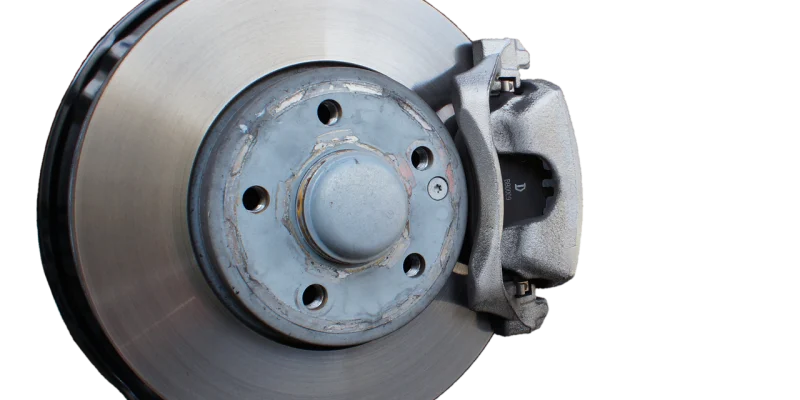

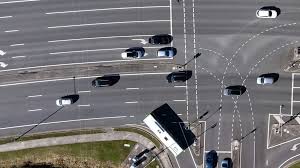
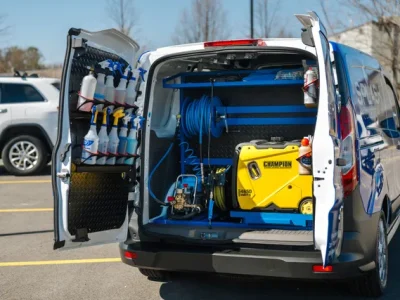
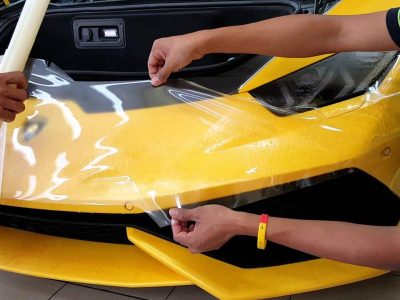

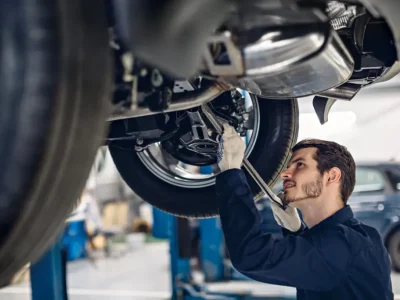





Comments